‘Protest’ often feels inadequate as a characterization for the public exhibitions that have erupted nationwide over the past several weeks. The term ‘protest’ carries a connotation of actions carried out in opposition to existing structures of power; hence, you ‘protest’ against forces that are arrayed against you (even if some municipal bureaucrat might have reluctantly granted you a permit). However, at least in many jurisdictions, events which were presented as ‘protests’ should more rightly be labeled as something along the lines of ‘state-backed demonstrations.’
For instance, in my otherwise sleepy hometown of Caldwell/West Caldwell, New Jersey, high-school students organized what turned out to be an astonishingly large protest march. Notably, the students accomplished this feat with the complete cooperation and participation of community authorities, against which the ‘the youth’ of a previous era presumably would have rebelled: parents, elected officials, school administrators, and even the police. It thus took on the appearance of an authorized civic gathering, almost like a Fourth of July celebration or a Christmas tree lighting. At the request of the students, a police detective sang the National Anthem, which made for a bizarre contrast with the legions of suburban white women in yoga pants kneeling with their fists raised defiantly to the sky. Incongruous as the ‘optics’ may be, these are, in a way, a new kind of ‘state-backed’ demonstration.
Of course, not every protest across the country has received such explicit state-backing. One feature of this ‘movement’ (if you can really call it that) is its astounding geographical reach, with demonstrations sprouting up even in the unlikeliest of regions. A map of recent protest-style actions in Pennsylvania shows events in even the most conservative, rural portions of the state, apparently without much in the way of resistance. So there is clearly something extremely novel about this phenomenon, and we’ve only begun to scratch the sociological surface.
Among the reasons why this still-amorphous ‘movement’ became so widely popular with such break-neck speed is perhaps because in the eyes of many, it transcended mere politics. Many so-called protests took on features highly reminiscent of religion: collective worship, public confession and requests for salvation, devotional poses and gestures, group prayer, the creation of a new pantheon of martyr figures to revere, and the adoption of liturgical rites and rituals.
Children and teenagers have been encouraged to publicly repent for their sins, with the ‘original sin’ being ‘white privilege’. In the small town of Schwenksville, Pennsylvania, I witnessed a white teenager named Frankie, wearing a sleekly designed ‘Black Lives Matter’ t-shirt, nervously stand before the assembled crowd (also overwhelmingly white) and proclaim, ‘Every single white person here today benefits from white privilege’ — to rousing applause. His solution for this alleged problem was heavily individualized: each white person in attendance must take the personal initiative ‘to learn’ about their privilege, and ‘ask themselves on a day by day basis how they can help’.
There is also an element of self-sacrifice exhibited at these events, as when last Friday in Chicago a white protest organizer announced, ‘White bodies are protecting POC bodies in this space.’ The idea is that should any conflict with police arise, activist whites are expected to place themselves in harm’s way as penitence to oppressed blacks. These whites could be observed engaging in such conduct at a separate Chicago march later that evening, which reached the heavily-boarded up Downtown area. As the crowd massed together and recited one of their liturgical chants, a cadre of whites stood in solemn confrontation with the CPD officers on hand. (As an aside, marches organized by white leftists are frequently less diverse than the police presence dispatched to trail the marchers — even in neighborhoods with large minority populations. Often omitted from discussions of the racial dimensions of modern policing is that urban departments in particular have become heavily diversified in recent years.)You can tell these demonstrations enjoy state backing because they are commonly in direct violation of legal directives, still on the books, which prohibit mass gatherings due to the still-raging pandemic. Not only have the demonstrations been permitted, they have been avowedly endorsed and participated in by the very elected officials whose orders nominally prohibit them. For example, Executive Order 2020-38 decreed by Gov. J.B. Pritzker of Illinois, still currently in effect, bars ‘any gathering of more than 10 people’ statewide. But on June 19, Prizker himself took part in a Chicago rally of far greater than 10 people, at which no ‘social distancing’ was evident. Theoretically he could be subject to prosecution — for violating his own order. (Needless to say, there were no exemptions in the order for Juneteenth commemorations.)

The First Wayne Street United Methodist Church in Indiana. (Michael Tracey)
The religious fervor underlying these demonstrations is undoubtedly a significant factor in why they have been granted license to supersede legal strictures relating to the pandemic. In some cases, more traditional religious leaders have offered personal legitimation. Cheryl Garbe, senior pastor at First Wayne Street United Methodist Church in Fort Wayne, Indiana described witnessing smoke-bombs go off in the parking lot of her church on the chaotic first night of rioting in the city. (Fort Wayne is one of many locales where riots unexpectedly broke out — much of the downtown area remains boarded up.) Subsequently, Garbe made the ‘very tough decision’ to install massive, unsightly wooden boards on the exterior of the church in order to protect the stained-glass windows. ‘I felt like if we did not protect the church and something happened, it would be another reason for people to criticize the movement,’ she said. ‘I felt like to have a church damaged could potentially be destructive to us addressing the issue of social justice.’

(Michael Tracey)
To diminish the eyesore, parishioners were encouraged to affix prayers written on Post-It notes onto the boarded up church exterior. (In-person services are still suspended, at least until next month, according to Garbe, who has since retired.) Sentiments expressed in the notes are mixed. One, clearly written by a child, reads: ‘Dear god please help this bad cop be good and please help George Flloyd [sic] have a good time in heaven.’ Another, this time clearly written by an adult, reads: ‘Stop this madness… Please pray for understanding and reconciliation and for everyone to be accountable for their actions… Amen’.
Got something to add? Join the discussion and comment below.
Get 10 issues for just $10
Subscribe to The Spectator Australia today for the next 10 magazine issues, plus full online access, for just $10.

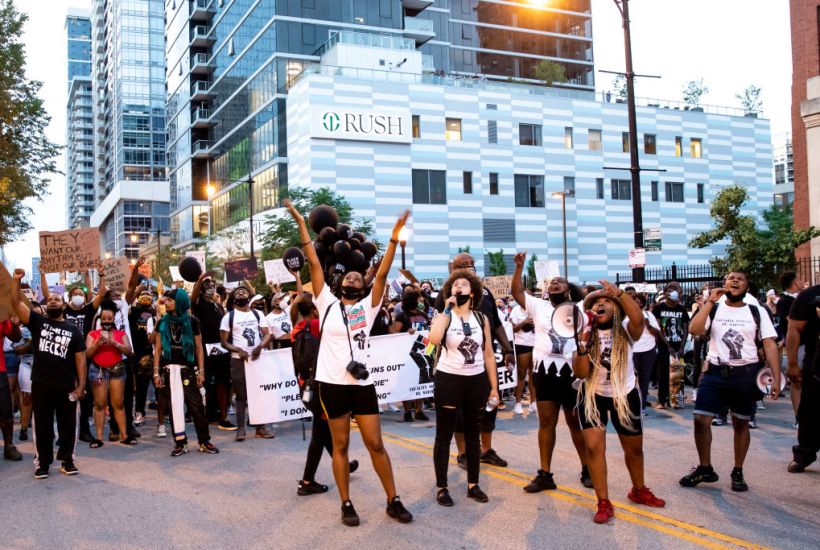
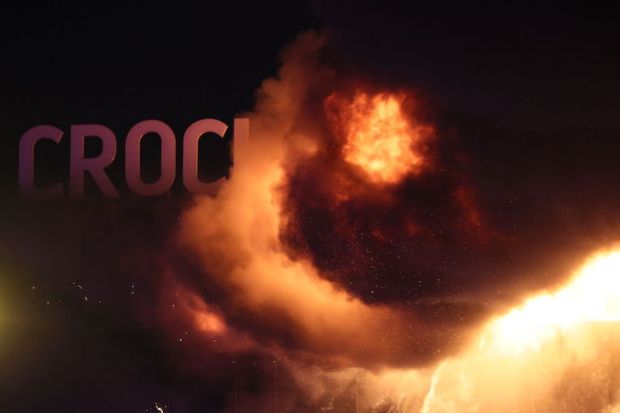
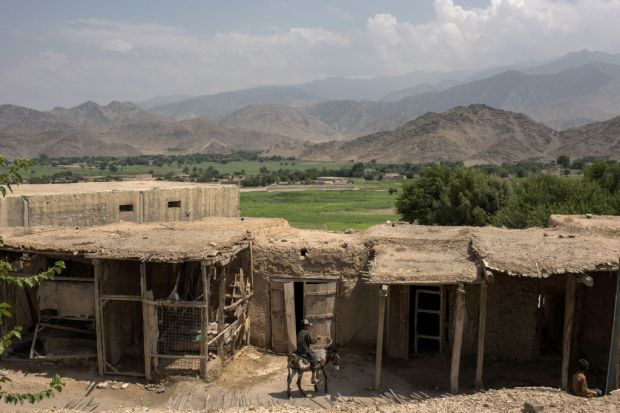

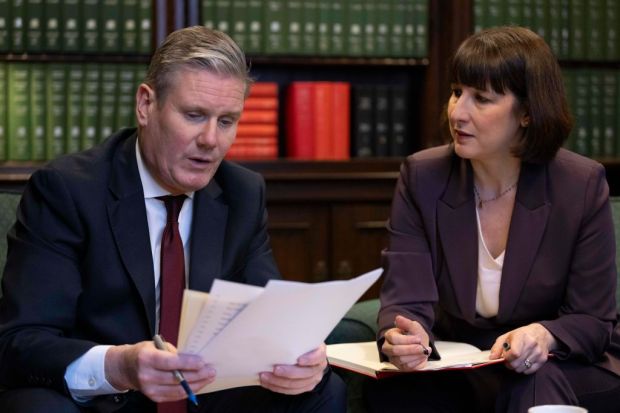
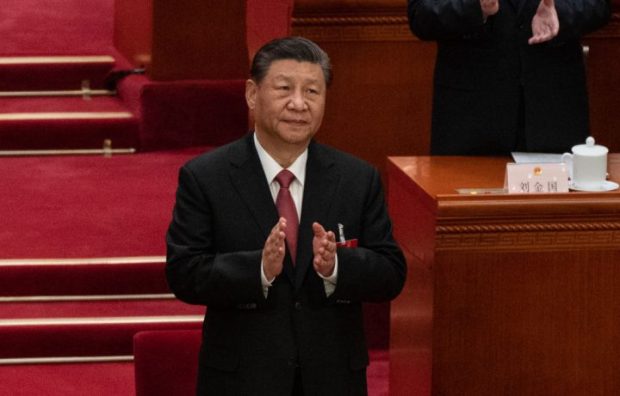
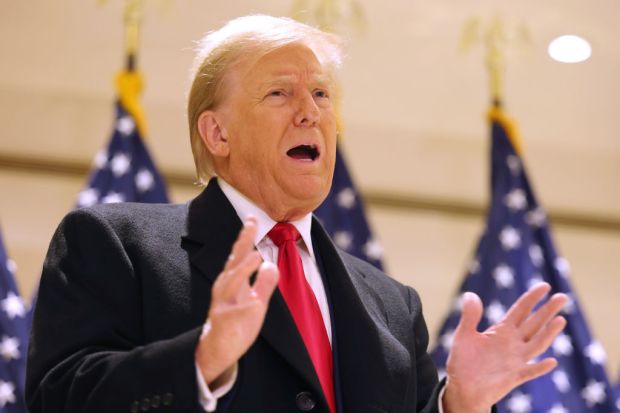












Comments
Don't miss out
Join the conversation with other Spectator Australia readers. Subscribe to leave a comment.
SUBSCRIBEAlready a subscriber? Log in